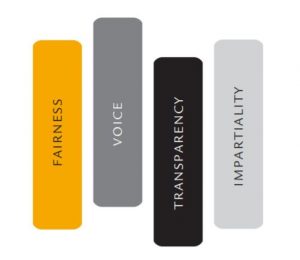An Inconvenient Cop is a book authored by long-time NYPD officer and whistleblower Edwin Raymond along with professional writer Jon Sternfeld. Raymond served fifteen years in the New York Police Department. He rose to the rank of lieutenant, but his time with the NYPD was contentious. The book is a memoir that tells the story of Raymond’s career and offers his perspective on policing and police reform.
policing
Women in Policing
Think about the officers involved in some of the recent high-profile incidents involving police use of excessive force. The officers involved in George Floyd’s death were Derek Chauvin, Alexander Keung, Thomas Lane, and Tou Thao. The officers involved in Tyre Nichols’s death were Tadarrius Bean, Demetrius Haley, Emmitt Martin, Desmond Mills, and Justin Smith. Walter Scott was shot by Michael Slager. These officers vary in age, race, and education. But they have one thing in common: they’re all men.
What Does the Duty to Intervene Really Mean?
Law enforcement officers have a duty to intervene when they have an opportunity to prevent another officer from using unlawful force. That duty comes from multiple sources, including federal constitutional law, a new state statute, and, in some cases, agency policy. But what does the duty require in practice? Is verbal intervention enough, or must the officer attempt to intercede physically? What if the officer has competing obligations, such as keeping control of an unruly scene? And what should an officer do if he or she isn’t sure whether the amount of force another officer is using is appropriate? This post will address how officers and agencies might operationalize the duty to intervene.
SB300 and Early Warning Systems
State law now requires every law enforcement agency to implement an “early warning system.” What is an early warning system? Do such systems work? And what can small agencies do to comply with the law? Read on to learn more.
Procedural Justice in Policing
Procedural justice and procedural fairness are terms that refer to the way legal authorities interact with the public and how those interactions shape the public’s view of those authorities. I first learned of this framework for evaluating those interactions in connection with my work with court officials. Researchers have determined that people’s assessments of their experiences in the court system are influenced more by how they are treated and how their cases are handled than by whether they win or lose. It turns out that the same principles apply to the public’s perception of law enforcement officers. And a perception of procedural justice may increase the public’s compliance with the law and their willingness to cooperate with officers.
